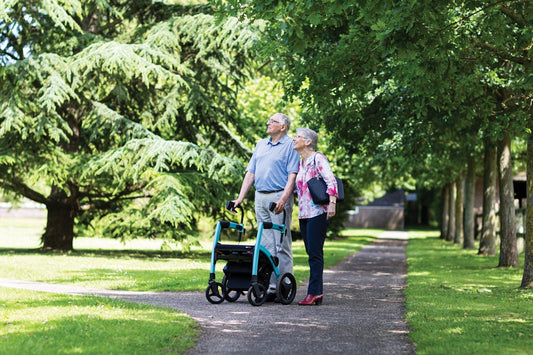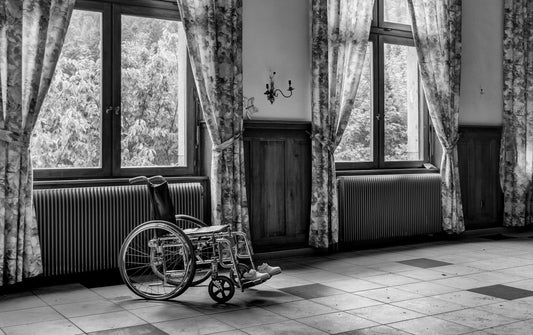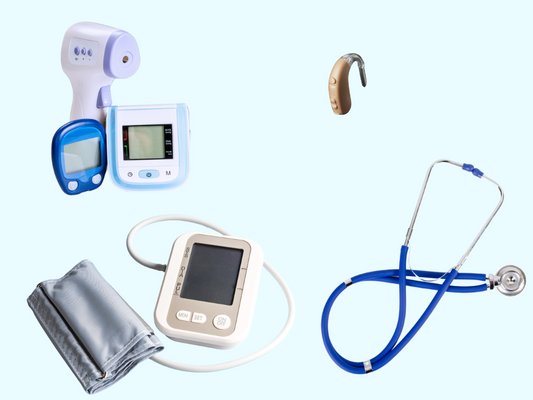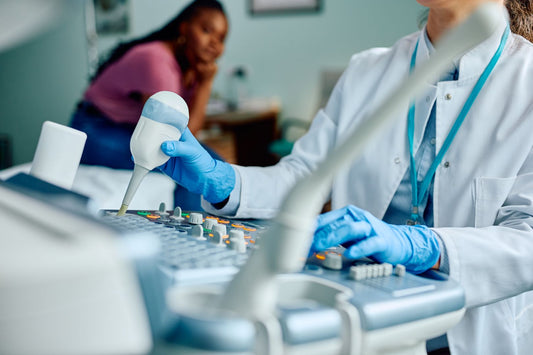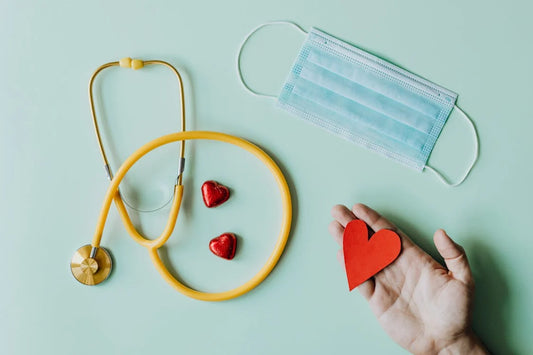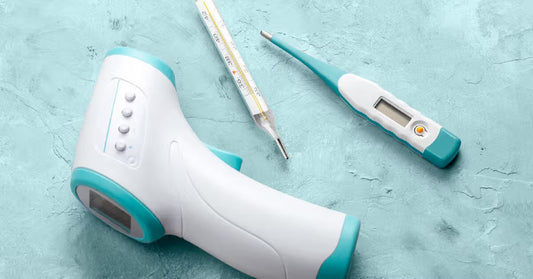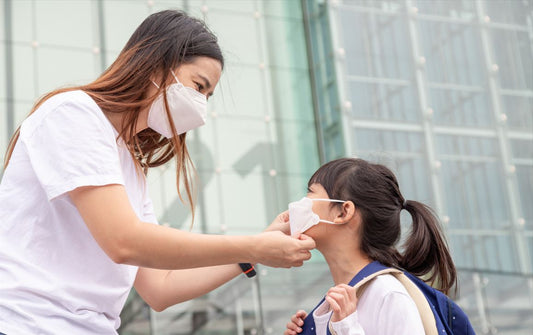
Air Purifying vs. Supplied Air Respirators: A Detailed Comparison
Respirators come in two different varieties: air-purifying respirators and supplied air respirators.
This article will compare the two types of respirators so that you can make a better-informed decision.
What Are Air Purifying Respirators?
An air purifying respirator (APR) is a type of respirator that cleans the air before it is breathed in. APR filters can be made from various materials, including activated carbon, plastic, or metal.
The most common type of APR is the activated charcoal filter. These filters are made of porous material that absorbs organic and inorganic chemicals. The filters can also remove foul odours and gasses from the air.
What Are Supplied Air Respirators?
Supplied air respirators, or SCBA or air tanks, provide a constant flow of air to the user. This air is usually supplied by a compressor, worn on the user’s back, or carried in a cart.
SCBA respirators are often used in high-risk environments where there is a danger of an oxygen-deficient atmosphere. They are also popular among firefighters and first responders who need to work in hazardous smoke-filled areas.
The Most Important Features Of Air Purifying Respirators
When looking for an air-purifying respirator, there are a few key factors you need to consider:
- Decide which type of air-purifying respirator is right for you: There are two types: tight-fitting and loose-fitting. Tight-fitting respirators are better at filtering out particles, while loose-fitting respirators are more comfortable to wear.
- Choose the best filter for your needs: The most common filter types are chemical, nuclear, and organic vapour.
- Decide on the respirator’s fit: A good fit is essential as it helps ensure effective contaminant filtration. You can test the fit of a respirator by putting it on and seeing if it seals tightly against your face.
The Most Important Features Of Supplied Air Respirators
There are a few important factors to consider when choosing a supplied air respirator.
- Level of protection offered by the respirator.
A supplied air respirator will provide complete respiratory protection from hazardous gasses, vapours, and aerosols.
- Type of environment you will be using the respirator in.
A supplied air respirator is your best option if you work in an area with a high concentration of harmful fumes or gasses.
- Comfort.
Many people find that supplied air respirators are more comfortable to wear than air-purifying respirators, as they do not strain the nose or mouth.
Key Differences Between Air Purifying Respirators And Supplied Air Respirators
Supplied air and air-purifying respirators are both types of respiratory protection, but they differ in a few key ways.
- Supplied-air respirators provide a continuous flow of fresh air from an external source. In contrast, air-purifying respirators rely on filters to clean your air. This means that supplied air respirators are better for workplaces with a high risk of exposure to hazardous fumes, dust, or gasses.
- Air-purifying respirators also come in various forms, including half-face masks, full-face masks, and backpack-mounted units. In contrast, supplied-air respirators are typically only available as full-face masks.
- Finally, supplied-air respirators are more expensive than air-purifying respirators, so they may only suit some people’s budgets.
Benefits Of Air Purifying Respirators
There are a few key benefits to using an air-purifying respirator versus a supplied air respirator:
- Air-purifying respirators are much more affordable.
- Air purifying respirators (APRs) are the most common type of respirator.
- They also do not require additional equipment or training, making them a great option for beginners.
- They work by filtering out harmful particles from the air you breathe and can be used in various environments, from construction sites to hospitals.
- They are also the easiest respirators, as no setup or adjustment is required.
- Additionally, air-purifying respirators are much smaller and lighter than supplied ones, making them easier to transport and store.
- The main benefit of using an APR is that you do not need to be attached to an air supply, which makes them incredibly versatile and convenient.
Benefits Of Supplied Air Respirators
Supplied air respirators are great for workers exposed to hazardous fumes, vapours, or dust.
They provide the user with a constant flow of fresh, clean air, which helps to protect them from inhalation hazards.
Some of the key benefits of supplied air respirators are:
- They provide more protection than air-purifying respirators.
- They are less prone to environmental contamination.
- They are very comfortable and lightweight.
- They are easy to use and maintain
- A constant flow of clean air means you are always breathing fresh air.
- Low maintenance – once the filters are installed, there’s no need to worry about them.
- It can be used in a wide range of applications.
Disadvantages Of Air Purifying Respirators
- They only work if there is adequate airflow, so they may not be suitable for tight or enclosed spaces.
- Air-purifying respirators can only be used in areas with good air quality. If the air quality is poor, the filter will become clogged, and the respirator will be ineffective.
- They also do not provide as much protection as supplied air respirators and can be less effective at filtering out certain types of particles.
- They are less effective at protecting against fumes or gasses than supplied air respirators and do not work well in dusty or dirty environments. So if you work in a hazardous environment, using a supplied air respirator is best.
- They are less reliable than supplied air respirators and can often malfunction or break down.
Disadvantages Of Supplied Air Respirators
Supplied air respirators have several disadvantages when compared to air-purifying respirators.
- They are heavier to wear, making them difficult to work in for long periods.
- Requires a constant supply of compressed air, which can be expensive and difficult to maintain in high-risk areas.
- They do not protect against contaminants in the ambient atmosphere.
- They require a constant flow of clean air to function correctly, so if the environment you are working in is dirty or contaminated, the respirator will not be able to protect you.
- If your face becomes covered in dust or other particles, it will be difficult for the respirator to filter out the air and keep you safe.
Types of Air Purifying Respirators and Supplied Air Respirators
There are two types of air-purifying respirators: Cartridge respirators and Combination respirators.
- Cartridge respirators: Has a filter that removes specific contaminants from the air. These respirators are ideal for use in areas with a single contaminant, such as asbestos or lead.
- Combination respirators have a filter that removes specific contaminants from the air and a chemical cartridge that protects against gasses and vapours. These respirators are ideal for use in areas where multiple types of contaminants are present.
Two types of supplied air respirators are airline respirators and self-contained breathing apparatuses (SCBA).
- Airline respirators: provide breathing air from an outside source, such as an air compressor or a compressed air tank. These respirators are ideal for use in areas where the concentration of contaminants is high or where there is no safe place to take a break.
- SCBA: provides breathing air from a compressed gas cylinder worn on the user’s back. SCBA is ideal for use in areas where the concentration of contaminants is low and there is a safe place to take a break.
The air-purifying respirator is a great choice for people looking for a more affordable option, and it is also perfect for occasional use. If you are looking for a respirator that you can rely on daily, the supplied air respirator is the better choice. 3m respirators have air-purifying and supplied air modes, so you can opt for this if you still can’t pick one.
